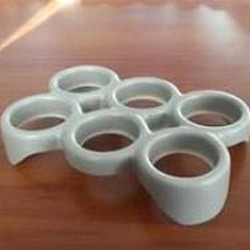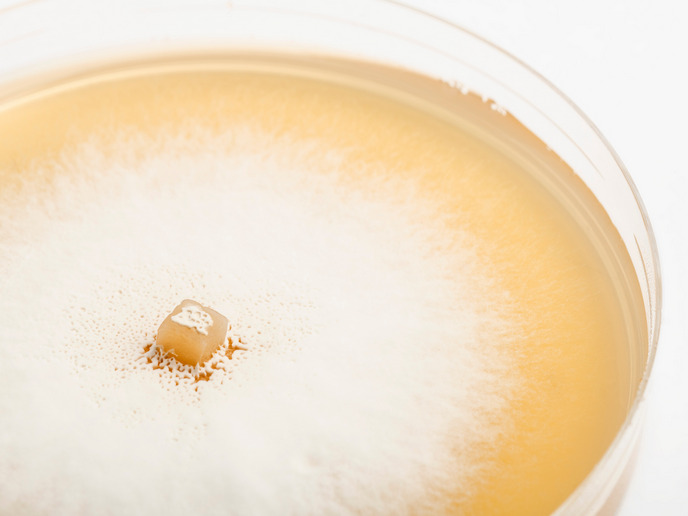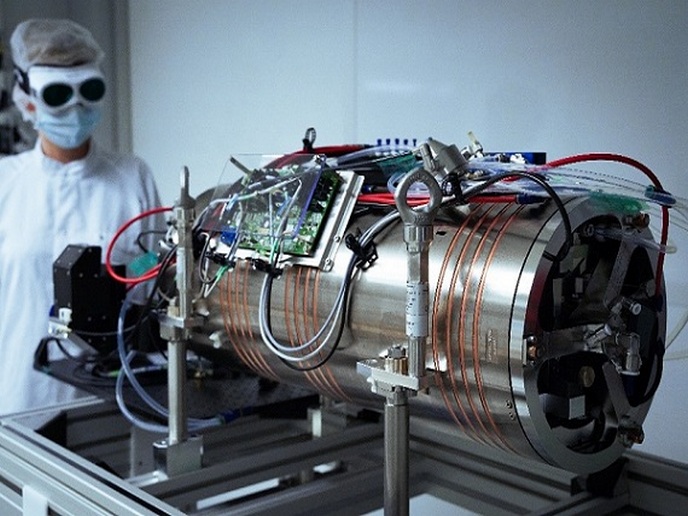Biopolymers reinforced with biofibres
Plastics are made from petroleum that is in increasingly shorter supply. They are not biodegradable and, although they are largely recyclable, recyclation is not always energy efficient. Scientists significantly improved the functionalities of the promising biopolymer PHB through modifications in the fermentation process and reinforcement with bio-based nanofibres. Work on the EU-funded BUGWORKERS (New tailor-made PHB-based nanocomposites for high performance applications produced from environmentally friendly production routes) project led to a cost-effective and environmentally friendly bio-nanocomposite targeted for household appliances, computers and telecommunications devices. Investigators successfully developed a route to a tailor-made PHB biopolymer structure with improved functionalities compared to commercially available PHB. These include enhanced thermal and chemical properties, better compatibility with cellulose fibres, greater ease of processing and higher resistance to impact. The precursor sugar blends that were fed to the bacteria played a critical role. They were obtained from hydrolysed wheat straw as agricultural waste, both cost effective and non-competitive with food production. Optimising the combination of culture media and precursor feeds led to high yield of improved PHB. Researchers also developed economically feasible processes to yield cellulose nanowhiskers and lignin nanofibres with new functionalities from lignocellulosic wood waste. Enzymes are nature's catalysts and the team used green enzymatic processes to separate out the wood biomass components and produce nanofibres with antimicrobial, flame retardant and self-assembly properties. Using standard extrusion and injection processes, the team successfully produced complex multi-layer parts using PHB and both types of fibres. The parts demonstrated significant improvements in mechanical properties. Demonstrator components for four different industrial case studies were produced. Rising petroleum prices along with the need for sustainable alternatives to conventional plastic could ensure faster commercialisation of BUGWORKERS bio-nanocomposites. These fully biodegradable eco-friendly products made from renewable non-food resources could find wide-ranging applications that include packaging and biomedical systems. Major benefits are expected for manufacturers, consumers and the environment.
Keywords
Biopolymers, biofibres, PHB, biodegradable, environmentally friendly, nanocomposite







